Comprehensive Visual Communication Report: Design Analysis
VerifiedAdded on 2022/09/14
|7
|973
|119
Report
AI Summary
This report provides an in-depth analysis of visual communication, emphasizing the critical role it plays in conveying information effectively. The report explores essential design elements such as points, lines, shapes, texture, size, space, and color, highlighting their individual contributions to visual design. It then delves into design principles like balance, symmetry, asymmetry, rhythm, and hierarchy, explaining how these principles guide the organization and presentation of visual information. Furthermore, the report examines various communication techniques, including visual rhetoric and metaphors, illustrating how images can be used to persuade, inform, and engage an audience. The conclusion emphasizes the importance of clear, concise communication and the effective application of design principles to ensure that the intended message is accurately received and understood.
1 out of 7
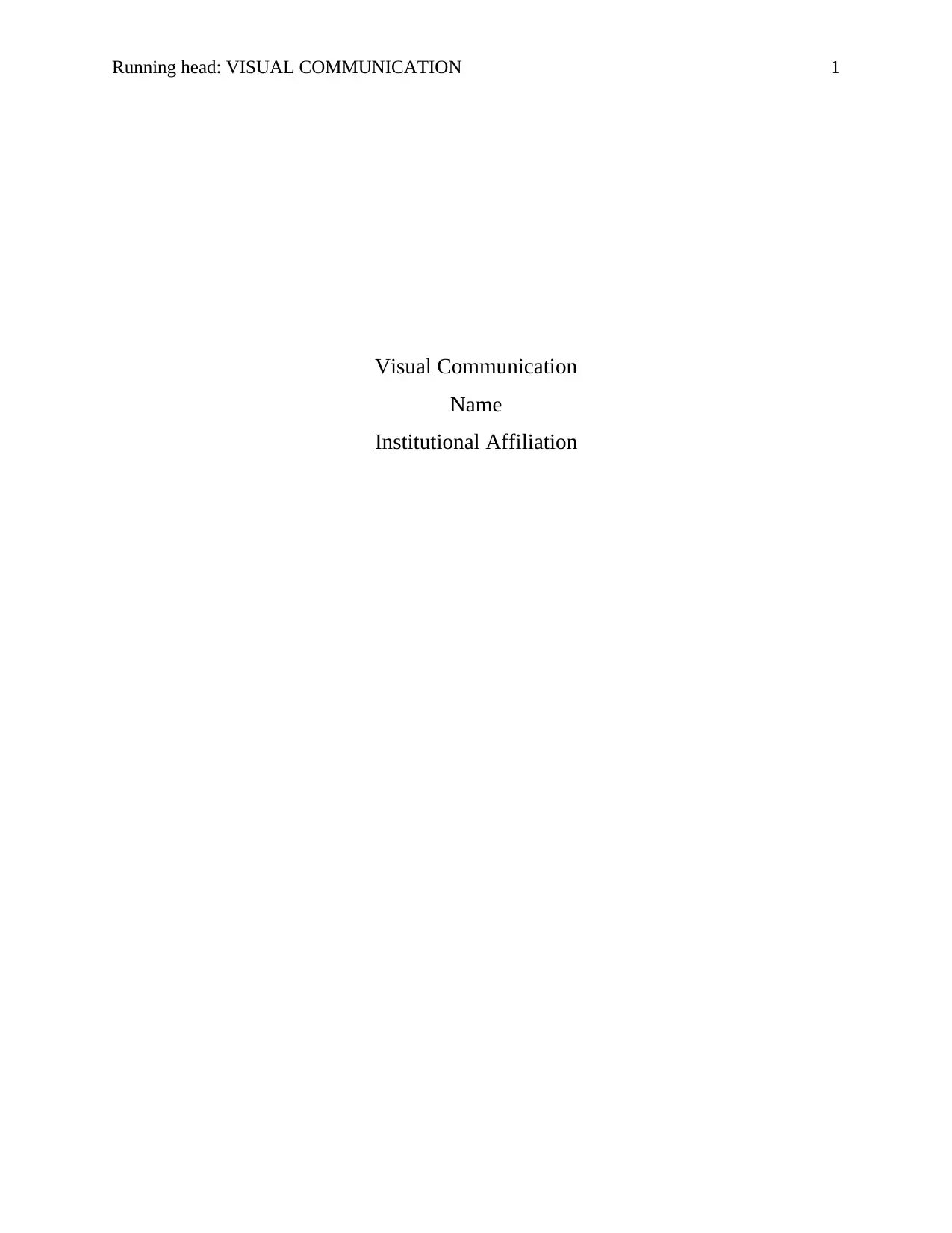
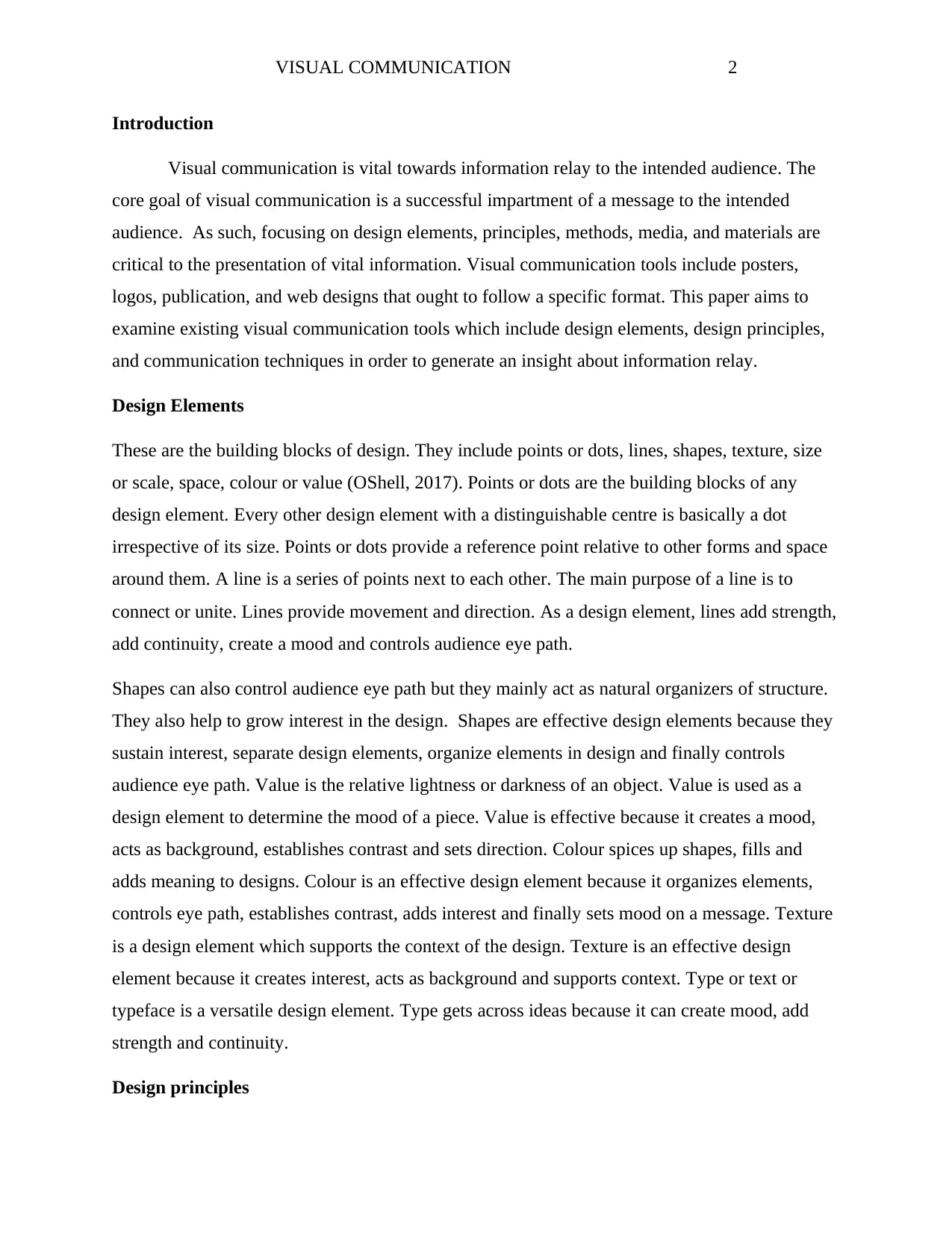
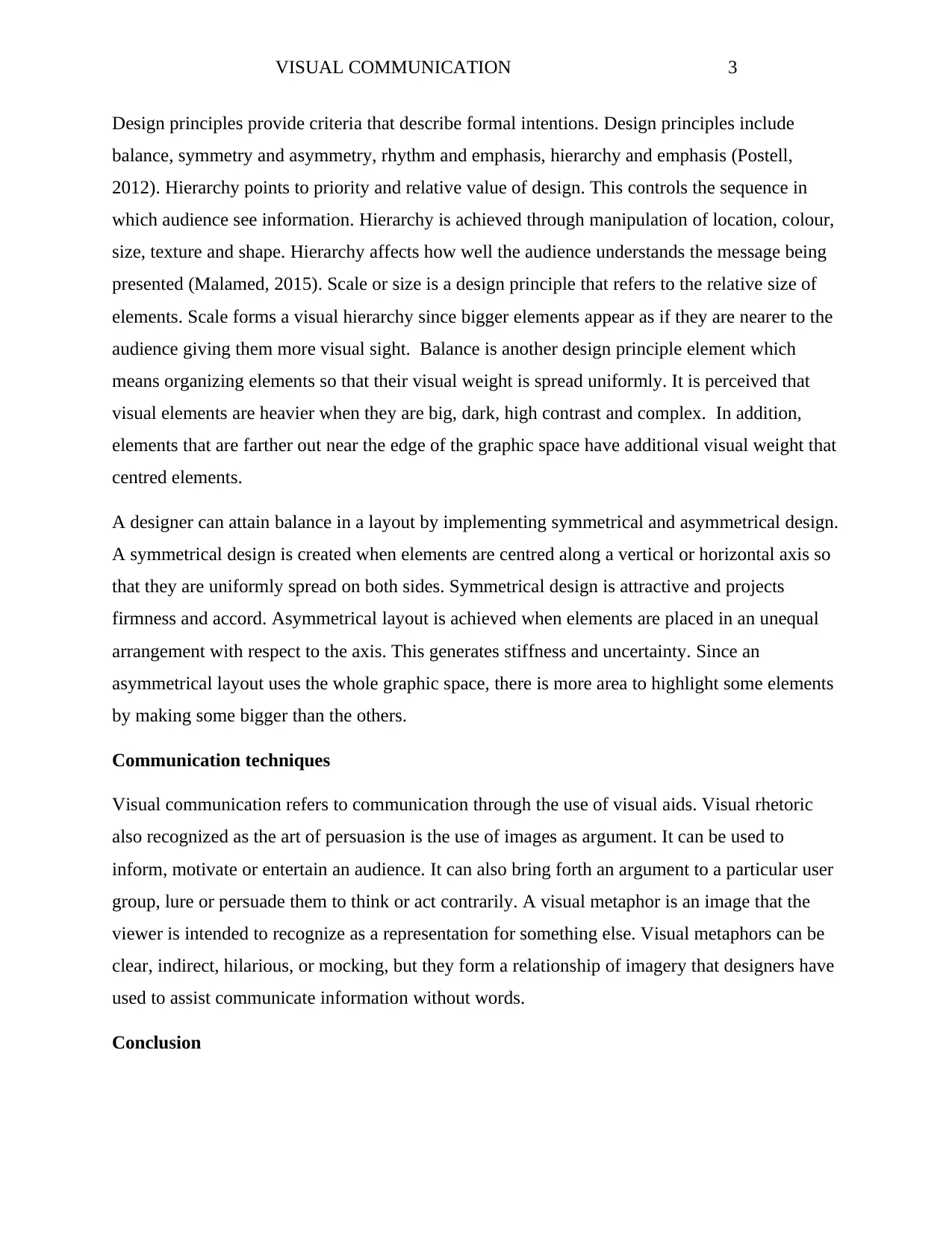
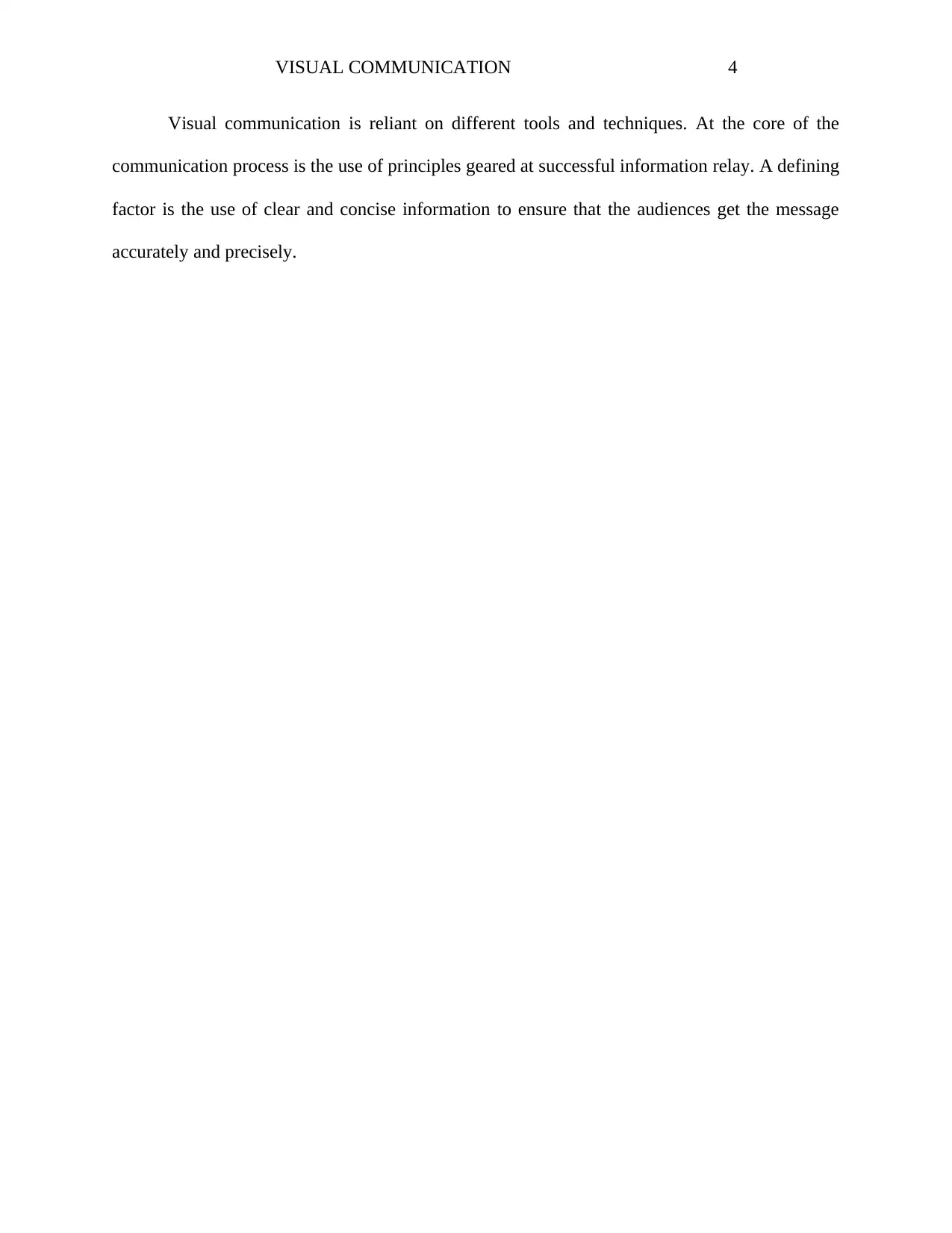
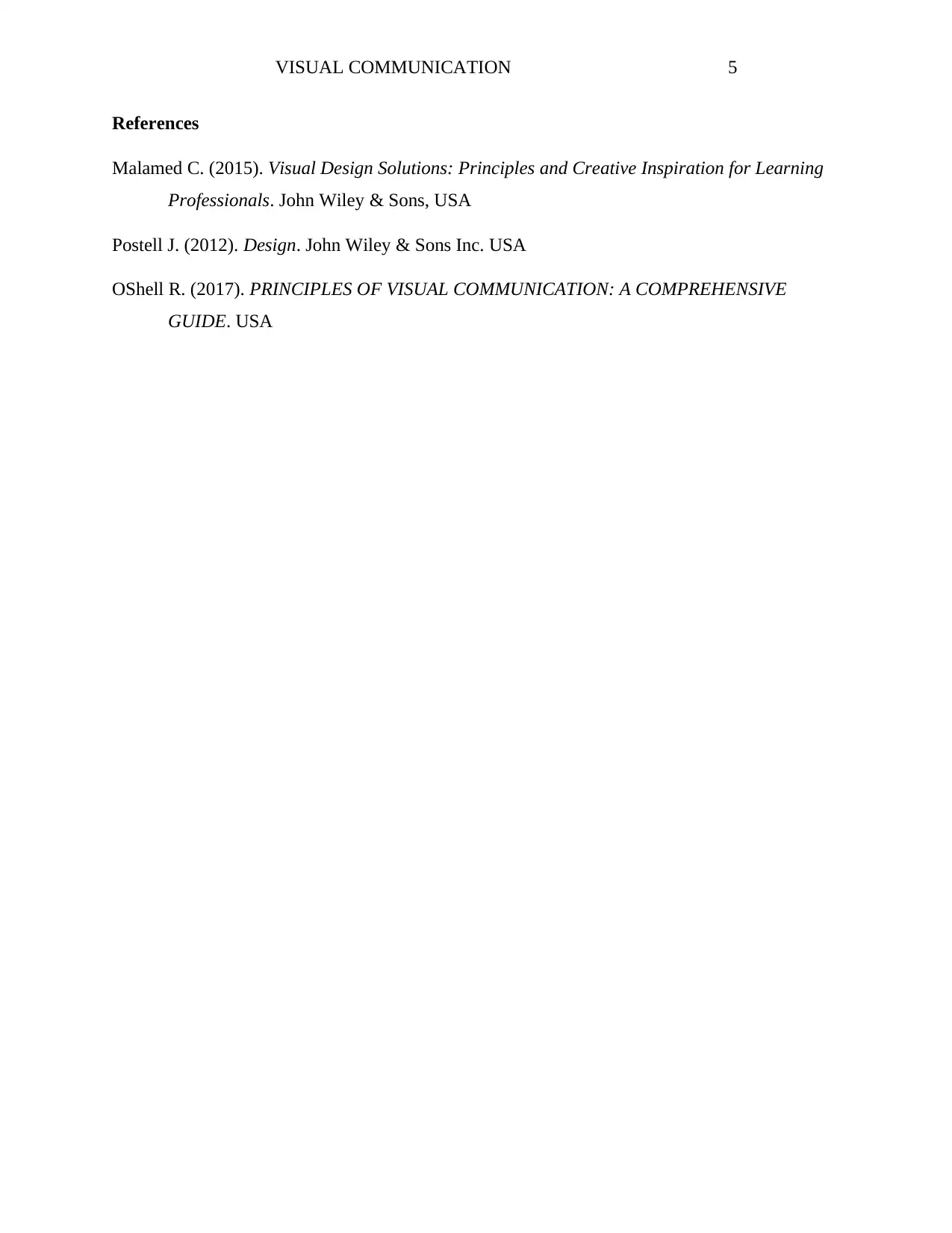
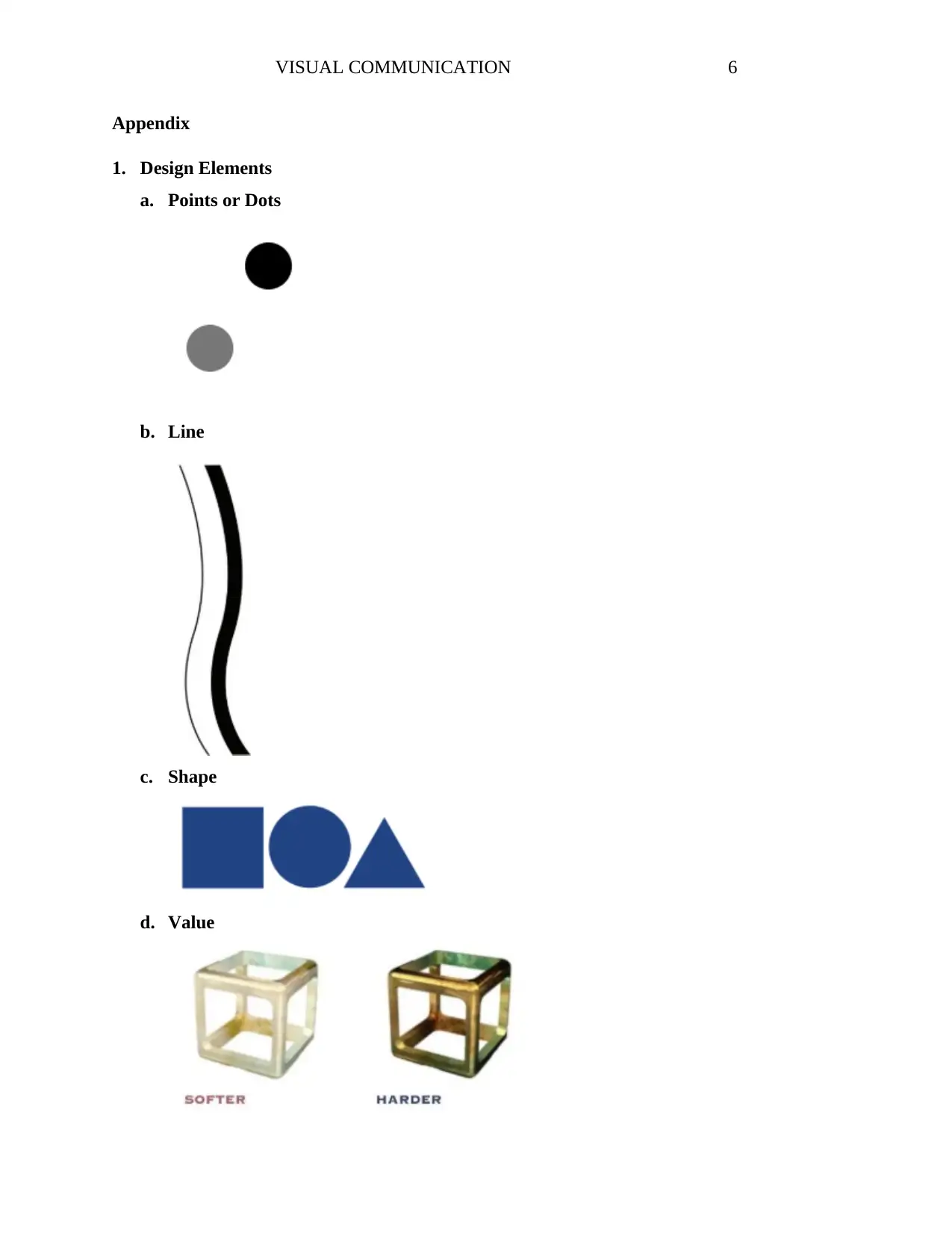
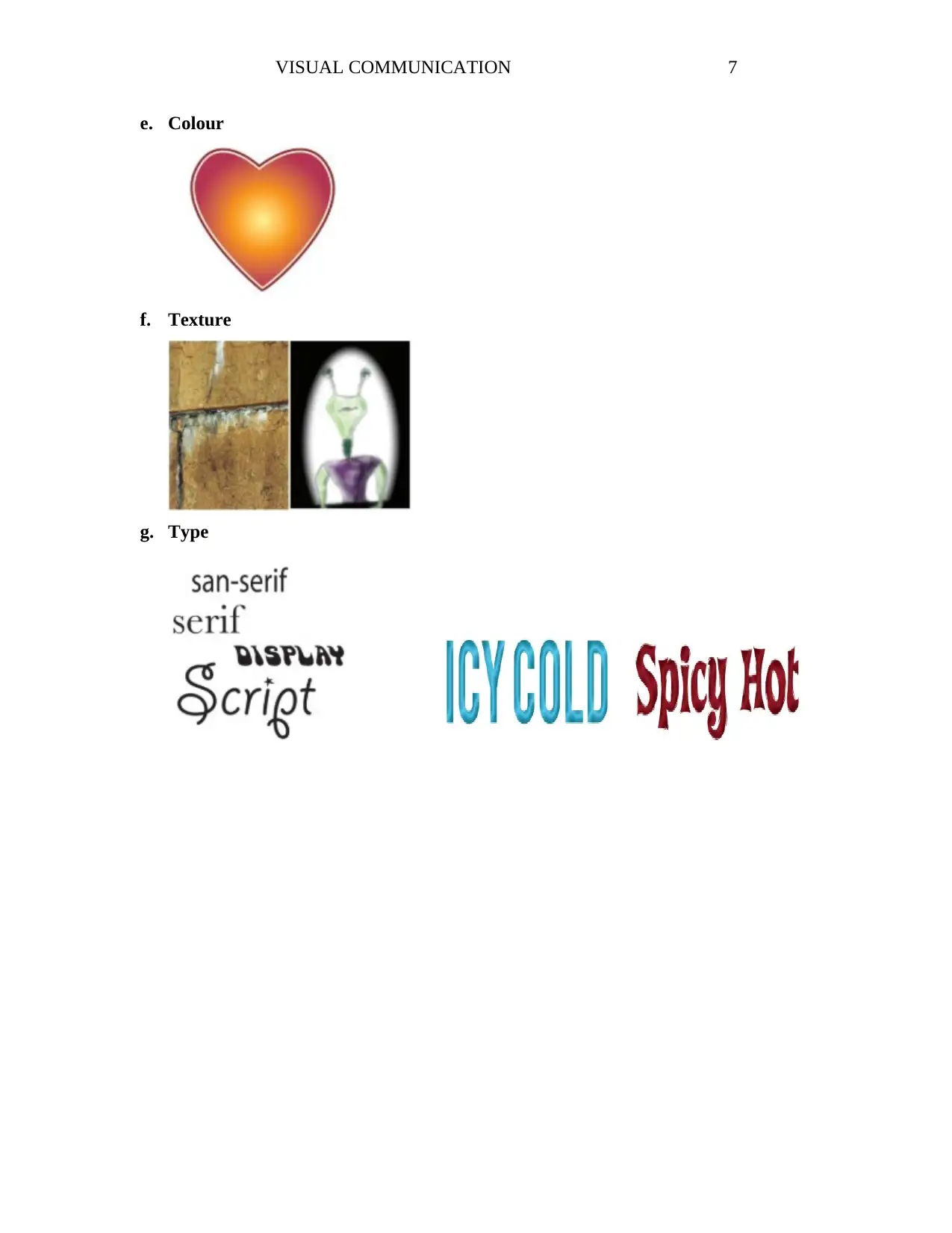





![[object Object]](/_next/static/media/star-bottom.7253800d.svg)